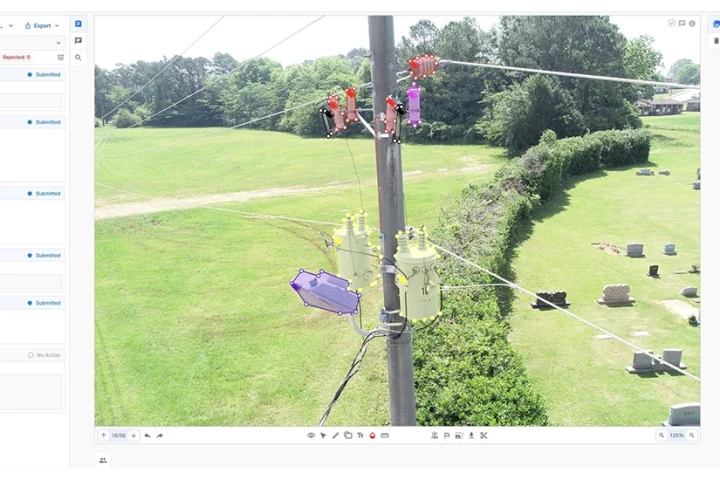Humans are now generating an estimated 2.5 quintillion bytes of data every single day, with more data being created in the past two years than in all of human history. Managing this growing flood is complex and the task comes with a high level of responsibility. Unplanned downtime costs businesses approximately $260,000 per hour and the average expense of a data breach topping $3.5 million. Today’s digital business requires a new approach.
IT budgets are getting eaten up by the complexity of managing data manually. Businesses are having to spend as much as three-quarters of their total database management cost on labour, with the focus being on mundane administration and operational tasks rather than high-value work.
The reliability of the systems needed to support today’s 24×7 business is hard to ensure. On average, companies are suffering almost 100 hours of database downtime per year as a result of human error, causing the business to bleed $7,900 every minute.
Security continues to pose a threat. The Oracle and KPMG Cloud Threat Report, 2018 found that only 14% of respondents felt able to effectively analyse and respond compared to the majority 75-100%.
Businesses continue to be held back from accelerating at the speed of innovation due to the excessive amount of time spent on manual management, despite the fact that even a 10% increase in data accessibility translates into an additional $65.7 million in net income.
The key to overcoming these hurdles lies in the use of artificial intelligence, machine learning and automation. Particularly when combined together they will let businesses manage and get value from their information more easily, effectively, and with less effort. One technology in particular unlocking new levels of value is the autonomous database.
Automation in IT is not new. There has long been a desire to let the machines work on their own. Right from the start of the Internet era and dawn of devices in the early 2000s, machine learning and automation have been used to help databases self-tune, undertake fault diagnostics for faster fault resolution and expand the performance, scalability and availability of databases, on demand.
More recently, cloud computing has helped data base administrators manage information with more ease and speed and for reduced up-front cost.
And the pace of change is continuing. With artificial intelligence and next generation cloud services becoming established the autonomous database has arrived. Embracing these core traits of being self-driving, self-securing and self-repairing it offers availability, performance, and security, helping to eliminate human error.
With a self-driving system that uses built-in machine learning algorithms to manage itself, businesses can lower costs and increase productivity whereby manpower can be optimised and resources can be deployed to higher value tasks. Most organisations do not patch immediately. So, the ability to be able to patch immediately gives better peace of mind.
Self-repairing, is also much more reliable. The time from running a database till crash is on average 4.2 seconds! With this in mind it is easy to see that only a machine could identify and react quickly. With an autonomous database the system constantly regulates its own operation, ensuring processes are running smoothly. This reduces planned and unplanned downtime, which can cost businesses up to 0.2% of revenue.
Imagine, all those minds, currently dedicated to tuning, patching, securing and managing databases, applied to more valuable activities, such as improving data architecture, securing external data sources, and otherwise ensuring the business is making the best possible use of data — which is increasingly becoming the coin of the realm.
But as with any new development, there is often a first mover advantage. As Forrester predicts, businesses that use artificial intelligence, big data and the Internet of Things to uncover new business insights will steal $1.2 trillion per annum from their less informed peers by 2020.
Getting early value from technology that is available now has the potential to be worth more than the same amount in the future, because of the advantage it will give users in the present time.
Early automation went some way towards freeing up database administrators from the practice of drawing straws to see who would stay in over the weekend or work late on patches. Engineered systems made massive strides forward in terms of speed to market, extensively shortening set up times, as well as speed to insight.
As more data continues to be generated each day, there will be even more pressure on businesses to make the most of the data available. Database management will be more crucial than ever before, and emerging technologies like autonomous will soon become the norm as they help businesses boost innovation and financial gains – without boosting costs.
Key takeaways
- Businesses continue to be held back due to excessive amount of time spent on manual management.
- A 10% increase in data accessibility translates into additional $65.7 million in net income.
- With self-driving system using machine learning algorithms, businesses can lower costs, increase productivity.
- One technology in particular unlocking new levels of value is the autonomous database.
- With artificial intelligence and cloud services becoming established the autonomous database has arrived.
- Self-repairing is also more reliable, since the time from running database till crash is on average 4.2 seconds.
- An autonomous database system constantly regulates its own operation, ensuring processes are running smoothly.
- Unplanned downtime can cost businesses up to 0.2% of revenue.
The cost of keeping the lights on in the database department has created the autonomous function combing AI and other tools, explains Ahmed Adly at Oracle.
























